Health and Wellness Trends
The growing awareness of health and wellness among consumers is reshaping the frozen food-packaging market. As individuals become more health-conscious, there is a rising demand for frozen foods that are not only convenient but also nutritious. This shift is prompting manufacturers to invest in packaging that clearly communicates nutritional information and ingredient sourcing. In Germany, the health food segment has expanded, with a reported increase of 7% in sales of frozen organic products. Consequently, packaging must reflect these health trends, utilizing materials that preserve freshness and quality while also being visually appealing. The frozen food-packaging market is thus challenged to balance health messaging with attractive designs that resonate with consumers seeking healthier options.
Sustainability Initiatives
Sustainability is increasingly becoming a focal point for consumers and businesses alike, significantly impacting the frozen food-packaging market. In Germany, there is a strong push towards eco-friendly packaging solutions, driven by both regulatory measures and consumer demand for sustainable practices. Recent statistics indicate that over 60% of consumers prefer brands that utilize recyclable or biodegradable materials. This trend compels manufacturers to rethink their packaging strategies, opting for materials that minimize environmental impact while maintaining product safety. The frozen food-packaging market must innovate to meet these sustainability goals, potentially incorporating plant-based materials and reducing plastic usage. As a result, companies that prioritize sustainable packaging are likely to gain a competitive edge in the market.
Rising Demand for Convenience Foods
The increasing consumer preference for convenience foods is a notable driver in the frozen food-packaging market. As lifestyles become busier, individuals are seeking quick meal solutions that do not compromise on quality. This trend is particularly evident in urban areas of Germany, where a significant portion of the population relies on frozen meals for their daily nutrition. According to recent data, the convenience food sector has seen a growth rate of approximately 5% annually, which directly influences the packaging requirements for frozen products. Manufacturers are thus compelled to innovate packaging solutions that enhance usability while ensuring product integrity. The frozen food-packaging market must adapt to these evolving consumer needs, focusing on easy-to-open designs and portion control features that cater to the on-the-go lifestyle of modern consumers.
E-commerce Growth and Delivery Services
The rapid growth of e-commerce and delivery services is significantly influencing the frozen food-packaging market. As more consumers turn to online shopping for their grocery needs, the demand for packaging that can withstand the rigors of transportation and maintain product integrity is paramount. In Germany, online grocery sales have surged, with a reported increase of 15% in the last year alone. This trend necessitates the development of packaging solutions that are not only durable but also capable of preserving the quality of frozen foods during transit. The frozen food-packaging market must adapt to these changes by creating packaging that ensures safe delivery while also appealing to the aesthetic preferences of online shoppers. This shift presents both challenges and opportunities for manufacturers to innovate and meet the evolving demands of the market.
Technological Advancements in Packaging
Technological advancements are playing a crucial role in shaping the frozen food-packaging market. Innovations in packaging technology, such as vacuum sealing and modified atmosphere packaging, enhance the shelf life and quality of frozen products. In Germany, the adoption of smart packaging solutions is on the rise, with an estimated market growth of 10% in the next few years. These technologies not only improve product preservation but also provide consumers with valuable information regarding freshness and storage conditions. As the market evolves, manufacturers are increasingly investing in these advanced packaging solutions to differentiate their products and meet consumer expectations for quality and safety. The frozen food-packaging market is thus positioned to benefit from ongoing technological developments that enhance both functionality and consumer engagement.


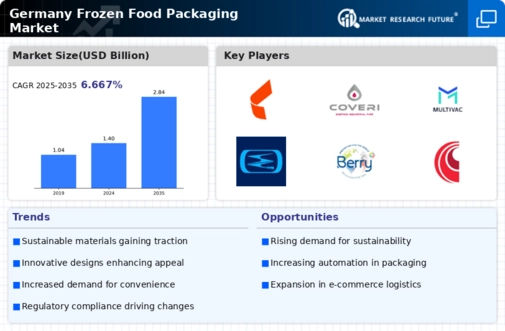

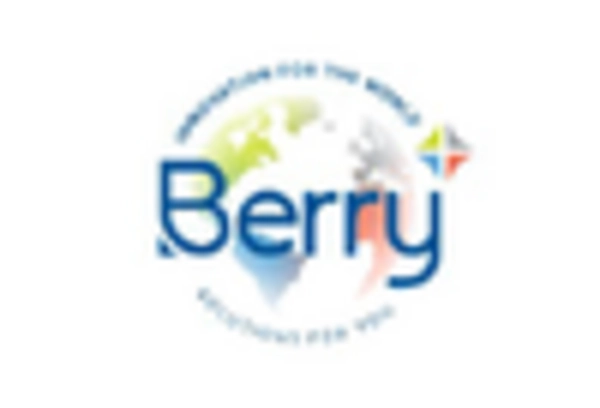
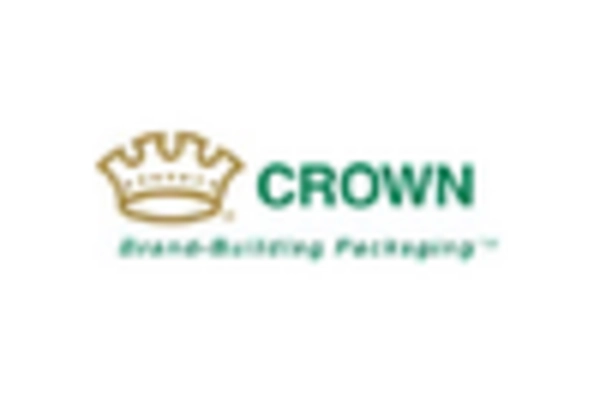
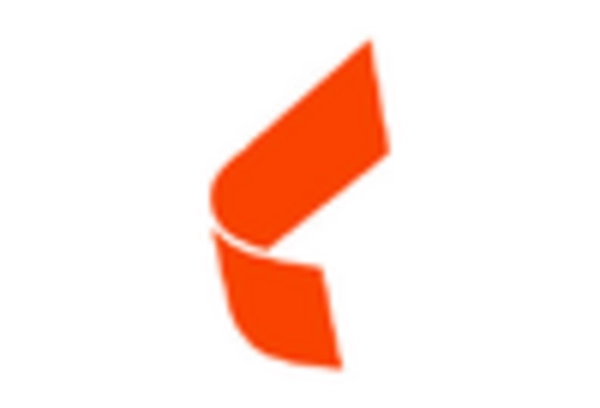

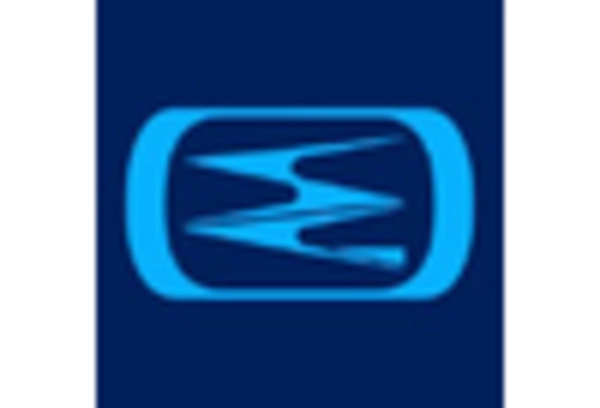








Leave a Comment